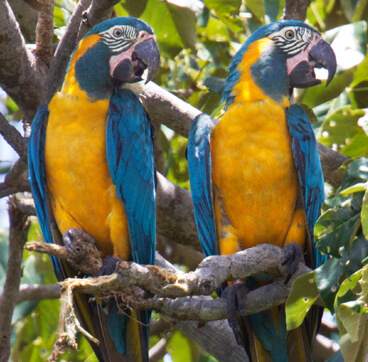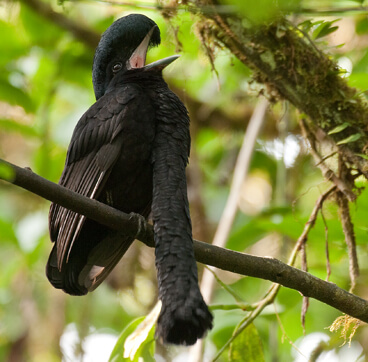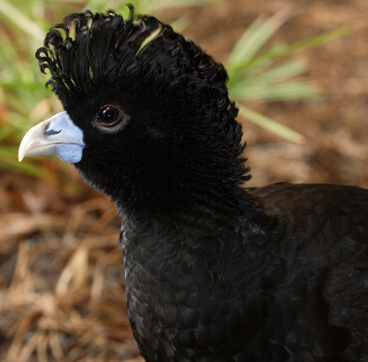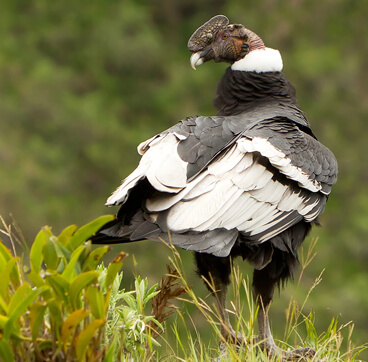Creating nature reserves is one of the most important ways to save rare birds like Blue-billed Curassow and benefit migratory birds like Cerulean Warbler—along with an abundance of other biodiversity.
This has been a hallmark of American Bird Conservancy since 1998, when we helped Mexican partner Bosque Antiguo establish the 1,000-acre El Carricito reserve to protect Thick-billed Parrots and Military Macaws in upland pine-oak forests of western Mexico. Today, El Carricito totals 25,000 acres and also provides habitat for more than 200 migratory birds, including Western Tanager and Rufous Hummingbird.
From small beginnings come great things: In December 2014, we worked with Brazilian partner Aquasis to create our 66th reserve, which increases habitat protection for the critically endangered Araripe Manakin. Our success in building the Latin American Reserve Network is the result of extraordinary partnership—a fundamental aspect of ABC—among local conservation groups, government agencies, and financial supporters.
But we are not yet done: We've now created more than 100 reserves, celebrated the 10th anniversary of our reserve network, and welcomed more than 25,000 people to these special places. Our goal is to create new reserves and expand existing reserves to conserve all unprotected endangered bird species in the Americas. It is ambitious, but in fact we are already halfway there.

Our reserve network ranges from seasonally flooded savannas of Bolivia’s Barba Azul Reserve (home to Blue-throated Macaws, shown) to Atlantic Forest reserves like Stresemann’s Bristlefront. Together, the reserves protect close to half of the 4,415 birds found in the Americas; 29 of them are AZE species such as Long-whiskered Owlet and Lear’s Macaw. More than 200 are migratory species, ranging from Golden-winged Warbler to American Redstart.

Rio Canande Reserve, managed by our partner Fundación Jocotoco, protects more than 6,100 acres of forest in the highly threatened Chocó region of northwestern Ecuador. About 25 percent of the species found in this region are found nowhere else on Earth, including Long-wattled Umbrellabird (shown); many declining species, like Scarlet-breasted Dacnis, also find refuge here.

With our Brazilian partner, Aquasis, we created the first-ever bird reserves for the critically endangered Araripe Manakin (shown), a six-inch bird only discovered in 1996 that numbers fewer than 800 individuals and survives in the smallest of areas—11 square miles—in northeastern Brazil. This reserve provides hope for the species’ future.

With our Colombian partner Fundación ProAves, El Paujil Reserve was established in 2004 to protect the rare Blue-billed Curassow (shown). In 2010, the reserve was expanded to nearly 15,000 acres, benefiting the curassow and other endangered residents such as the White-mantled Barbet and Antioquia Bristle-Tyrant, along with wintering migrants like the Black-and-white Warbler.

The Antisanilla Reserve is home to about half of Ecuador’s rare Andean Condors (shown). In 2014, we and dozens of partners, including Fundación Jocotoco and Ecuadorian agencies, completed a 7,000-acre land purchase that added to the 1.8 million acres of protected habitat in the region—an area larger than the state of Delaware.